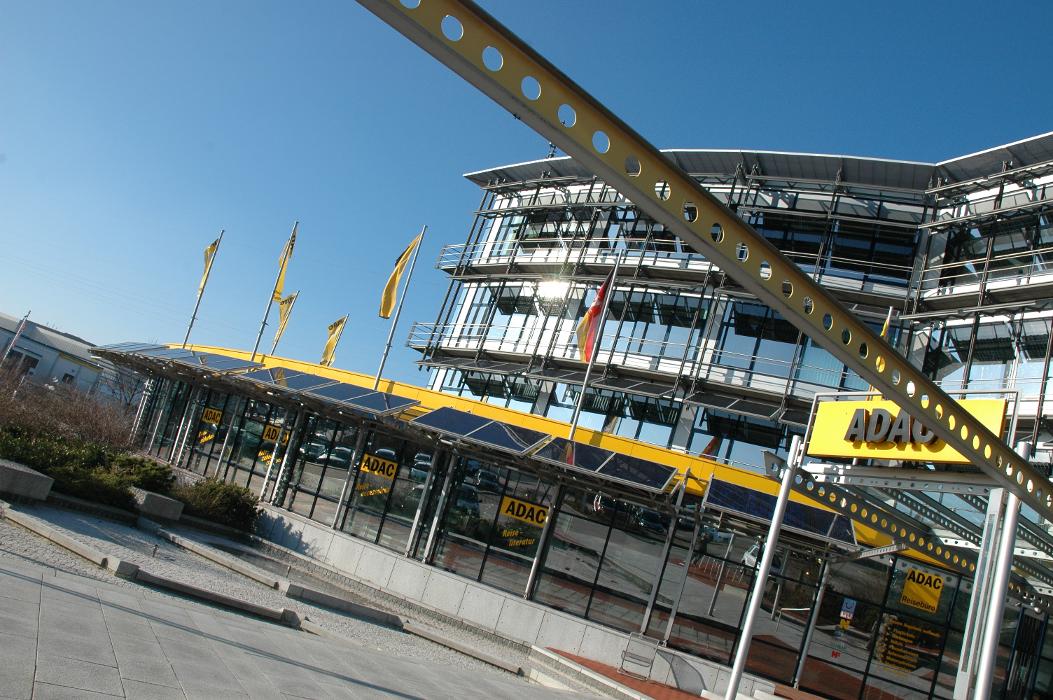

In the app, why do I see the error “BIG-IP session timed out. If all APIC cluster nodes are rebooted accidentlly at the same time, it may take up to twenty minutes for the application to be up.The same thing happens when the APIC node undergoes Commission/Decommission. It takes three minutes for APIC cluster to bring up a new container on the other currently available APIC nodes. If an APIC cluster size changes and the APIC cluster node - Hosting Application container - reboots, you can expect up to three minutes of downtime for the application.As a result, even though the application might be momentarily unavailable during the restart and show the error, it should recover gracefully. The application does a stateful restart and any data available before the restart should be available when the new container is launched. In these cases, the application GUI will show the error “Failed to reach the container.”Īfter the container restarts, a new container runs the application’s back end. There are a few other reasons why the ACI app framework might restart an app’s backend container. If it is not able, it restarts the application container. If it passes, it checks to ensure the app’s Docker container is able to access it’s data folder under Gluster-FS. The application back end is running as a Docker container on ACI’s APIC server.įor legacy apps, the health-thread APIC checks the health of Gluster-FS (APIC filesystem). Why do I see an error “Failed to reach the container” on the application GUI? Admin LDAP users will be able to use all the features of the application. F5 ACI ServiceCenter (v2.9+) supports LDAP authentication for BIG-IP login.The device hostname, redundancy state, and config sync state are displayed at the top of the page, along with three tabs: Visibility, L2-元 Stitching, and L4-L7 Configuration.

Any device for which the failover state is not Active OR Standby will be indicated with a Green icon. A logged out device or any device for which failover state cannot be determined will be displayed with a Gray icon. The standby device will be indicated using a Yellow icon. The active device will be indicated using a Green icon.Once they are entered in the displayed form, both the devices will be logged-in from the F5 ACI ServiceCenter. If the device is a part of an HA pair to which the user wants to login to using hostnames instead of IPs, there will be an additional prompt for peer BIG-IP’s hostname and credentials.The peer device is in a logged-out state and you must log in to it separately. After you enter a cluster name, the device and its peer are added under the cluster name on the left menu bar. If the device is part of a highly-available (HA) pair, the F5 ACI ServiceCenter prompts for a cluster name.If the device is standalone, it is visible under Standalone BIG-IP Devices.The newly-added device is displayed under the left menu bar.In the top left of the F5 ACI ServiceCenter, click + NEW DEVICE.

#SERVICECENTER UPGRADE#
Upgrade F5 ACI ServiceCenter from v2.0 to v2.1+.Upgrade F5 ACI ServiceCenter from v1.0 to v2.0+.


 0 kommentar(er)
0 kommentar(er)
